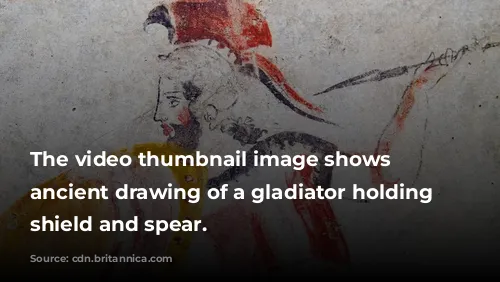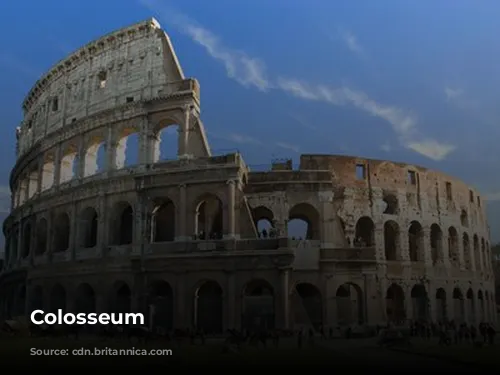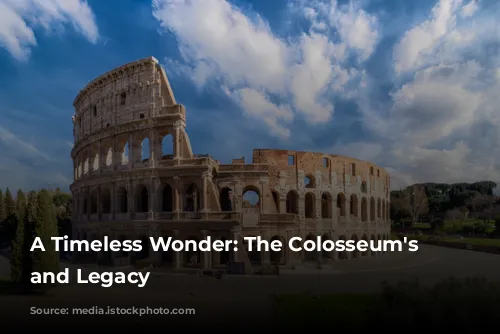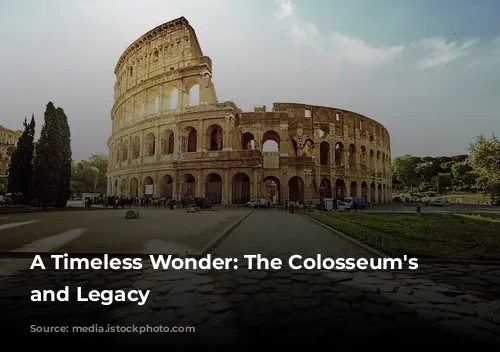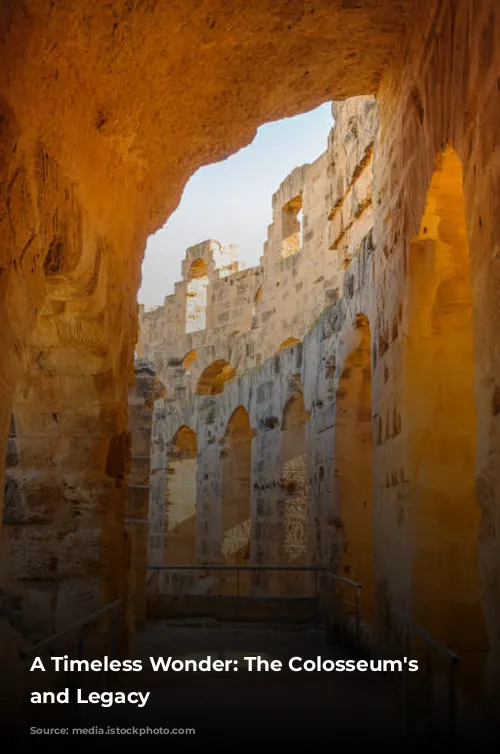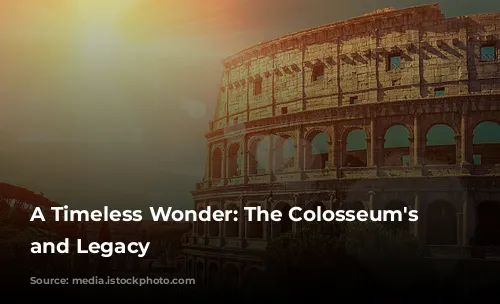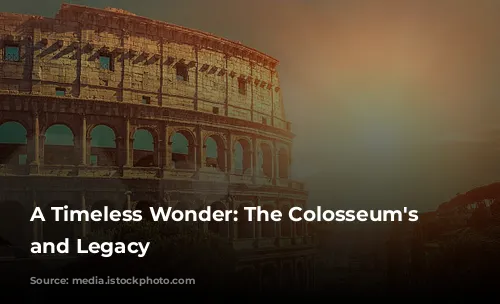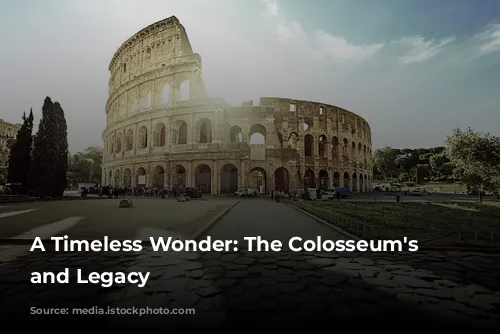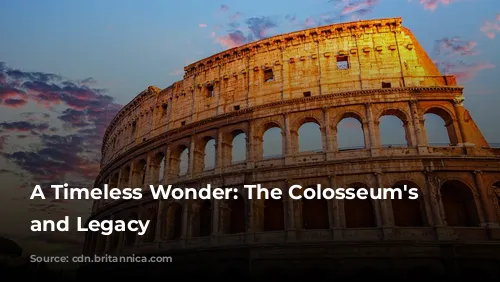Standing proudly as a testament to the architectural brilliance of ancient Rome, the Colosseum is a beacon of history, captivating millions of visitors each year. This magnificent structure, one of the few remaining intact remnants of the Roman Empire, is not only a symbol of Rome’s past but also a significant source of tourism revenue for the Italian government. In 2018, the Colosseum, along with the Roman Forum and Palatine Hill, generated an impressive $63.3 million (€53.8 million), solidifying its position as Italy’s top tourist attraction.
The Colosseum’s journey through time has been marked by both glory and neglect. After the fall of the Western Roman Empire, the once-grand arena fell into a state of disrepair. During the 12th century, the Frangipane and Annibaldi families, powerful Roman families, transformed the Colosseum into a fortified stronghold. In the late 15th century, Pope Alexander VI allowed the Colosseum to be used as a source of building materials, stripping it of its precious marble and decorations. This period of neglect lasted for over a thousand years before state-funded restoration efforts began in the 1990s, bringing new life to the iconic landmark.
The Colosseum: A Monument to Imperial Power
The Colosseum’s construction was born from a desire to revitalize Rome after the tumultuous year known as the “Year of the Four Emperors,” in 69 CE. Emperor Vespasian, like other emperors, envisioned the Colosseum as a magnificent entertainment venue, a place to host thrilling gladiatorial contests, exciting animal hunts, and even elaborate mock naval battles.
Construction began under Vespasian’s reign between 70 and 72 CE, and the Colosseum’s grand opening took place in 80 CE, under the leadership of his son and successor, Titus. Titus’s son, Domitian, completed the fourth story of the structure in 82 CE, adding to its impressive grandeur. The Colosseum’s construction was financed by the spoils of war, particularly from Titus’s conquest of Jerusalem in 70 CE, and tragically, enslaved Jews from Judea were forced to contribute their labor to its construction.
A Masterpiece of Roman Engineering
The Colosseum is a colossal amphitheater, also known as the Flavian Amphitheatre, named after the Flavian emperors who oversaw its construction. Its elliptical shape, constructed from durable stone, concrete, and tuff, rises to a height of four stories. With its impressive dimensions of 620 by 513 feet (189 by 156 meters), the Colosseum had the capacity to accommodate as many as 50,000 spectators. It was designed primarily for gladiatorial combat, a spectacle that captured the imagination of the Roman populace.
Situated east of the Palatine Hill, the Colosseum was built on the site of Nero’s lavish Golden House, replacing the artificial lake that once graced the palace complex. Emperor Vespasian’s decision to replace Nero’s private oasis with a public amphitheater was a symbolic act, a clear statement of his commitment to the Roman people and a rejection of the tyrannical excesses of his predecessor. The Colosseum, with its capacity to host tens of thousands of Romans, became a symbol of the Flavian dynasty’s power and their desire to connect with the populace.
A Vision of Architectural Genius
The Colosseum stands as a testament to the ingenuity of Roman engineers and architects. Unlike previous amphitheaters, which were often built into hillsides for structural support, the Colosseum was designed as a freestanding structure, a bold and innovative feat. Its intricate system of barrel vaults and groin vaults allowed it to soar to impressive heights, while its massive structure, measuring 620 by 513 feet (189 by 156 meters), commanded attention. The three lower levels of the Colosseum are adorned with arcades, each framed by engaged columns in the Doric, Ionic, and Corinthian orders, a design feature that inspired the Renaissance “assemblage of orders.” The Colosseum’s facade, built with travertine stone, was a symbol of power and permanence. Volcanic tufa was used for the secondary walls, while concrete provided a strong foundation for the inner bowl and arcade vaults.
The Colosseum’s capacity to accommodate 50,000 spectators required a sophisticated system to protect them from the sun. A massive retractable awning, known as a velarium, was stretched over the arena, providing shade for the crowds below. Supporting masts, anchored to the Colosseum’s upper story, allowed Roman sailors to manipulate the rigging, extending and retracting the velarium to control the flow of sunlight. The Colosseum witnessed countless spectacles, from gladiatorial combat to animal hunts, and even elaborate mock naval battles. While the Colosseum was not the exclusive site of early Christian martyrdoms, its history is intertwined with the evolution of Christianity in Rome, reflecting the complex social and religious dynamics of the era.
The Colosseum Through the Ages
In medieval times, the Colosseum found a new purpose as a church, a testament to the enduring power of the structure, even in the face of changing times. The Frangipane and Annibaldi families, influential Roman families, used the Colosseum as a fortress, adding another layer to its complex history. Despite its resilience, the Colosseum suffered from damage caused by lightning, earthquakes, vandalism, and pollution. Over a thousand years, the Colosseum was stripped of its marble seats and decorations, used as a quarry for building materials. The preservation of this iconic monument began in earnest in the 19th century, with notable efforts led by Pope Pius VIII. Restoration efforts gained momentum in the 1990s, bringing the Colosseum back to life as a vibrant symbol of Rome’s rich past.
Today, the Colosseum stands as a major tourist attraction, welcoming millions of visitors each year. The Colosseum’s enduring popularity reflects the enduring power of ancient Rome’s legacy and its ability to capture the imagination of people from all corners of the world. Changing exhibitions, designed to showcase the culture of ancient Rome, are regularly mounted, keeping the Colosseum at the forefront of historical and cultural interest.
